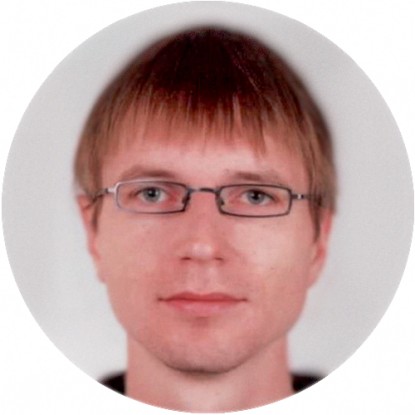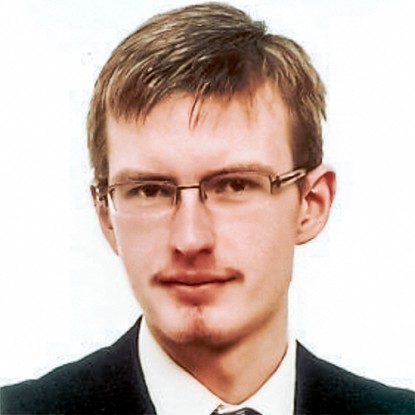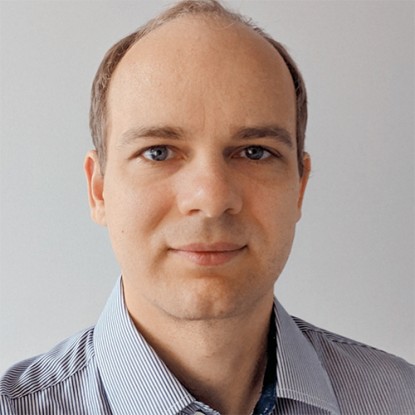In order to achieve this goal, the design and manufacture of an iron “dust” particles burner, which is designed as a Bunsen burner, takes place first. The creation of a homogeneous load is of particular importance in order to correctly determine, above all, the influence of the air-to-fuel ratio. Then the measurement methods that are required to determine the flame speed and the analysis of the thermal wave structure are tested and, if necessary, adapted to determine the flame speed and the temperature distribution as a function of the relevant variables mentioned.
In addition, in a later phase of the project, the experimentally determined combustion wave velocities will be modeled on the basis of reaction kinetic data provided within the project of O. Deutschmann. Also the resulting differences in effective combustion wave speed due to relative velocities between particle and surrounding air will be modelled in cooperation with numerical data from project the project of C. Hasse and experimental data from the project of N. Zarzalis.
Scientific questions:
- What is the relationship between effective oxidation/thermal wave speed under laminar flow conditions and parameters like temperature of the educts, the overall oxygen to fuel ratio, the particle diameter and the particle number concentration?
- The effect of the particle structure under laminar flow conditions should be systematically considered.
- Furthermore, in a later stage the relative speed of particles to the surrounding airflow under well-defined reference boundary conditions should be clarified, providing reference data for a turbulent combustion wave/flame speed model.








